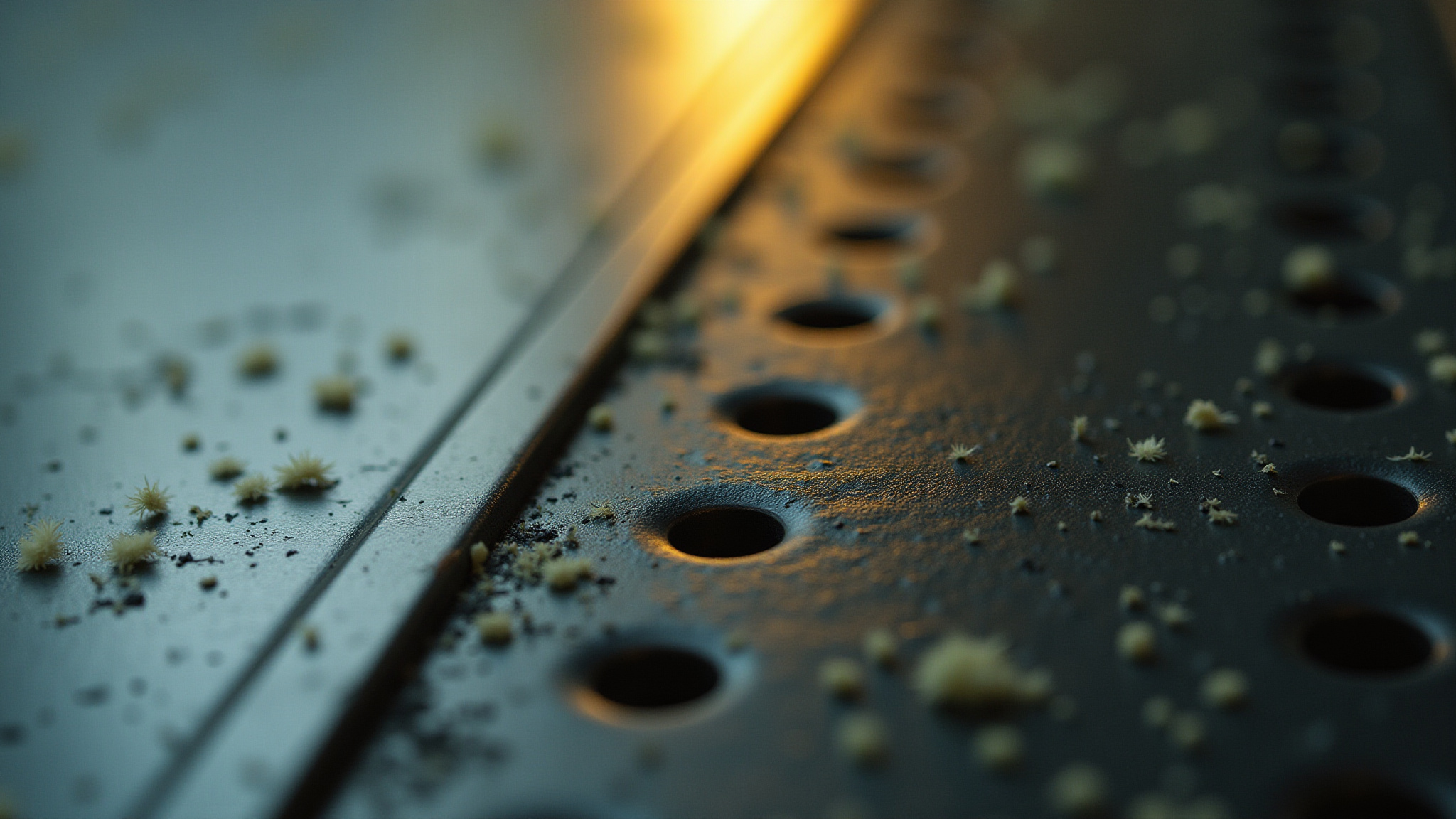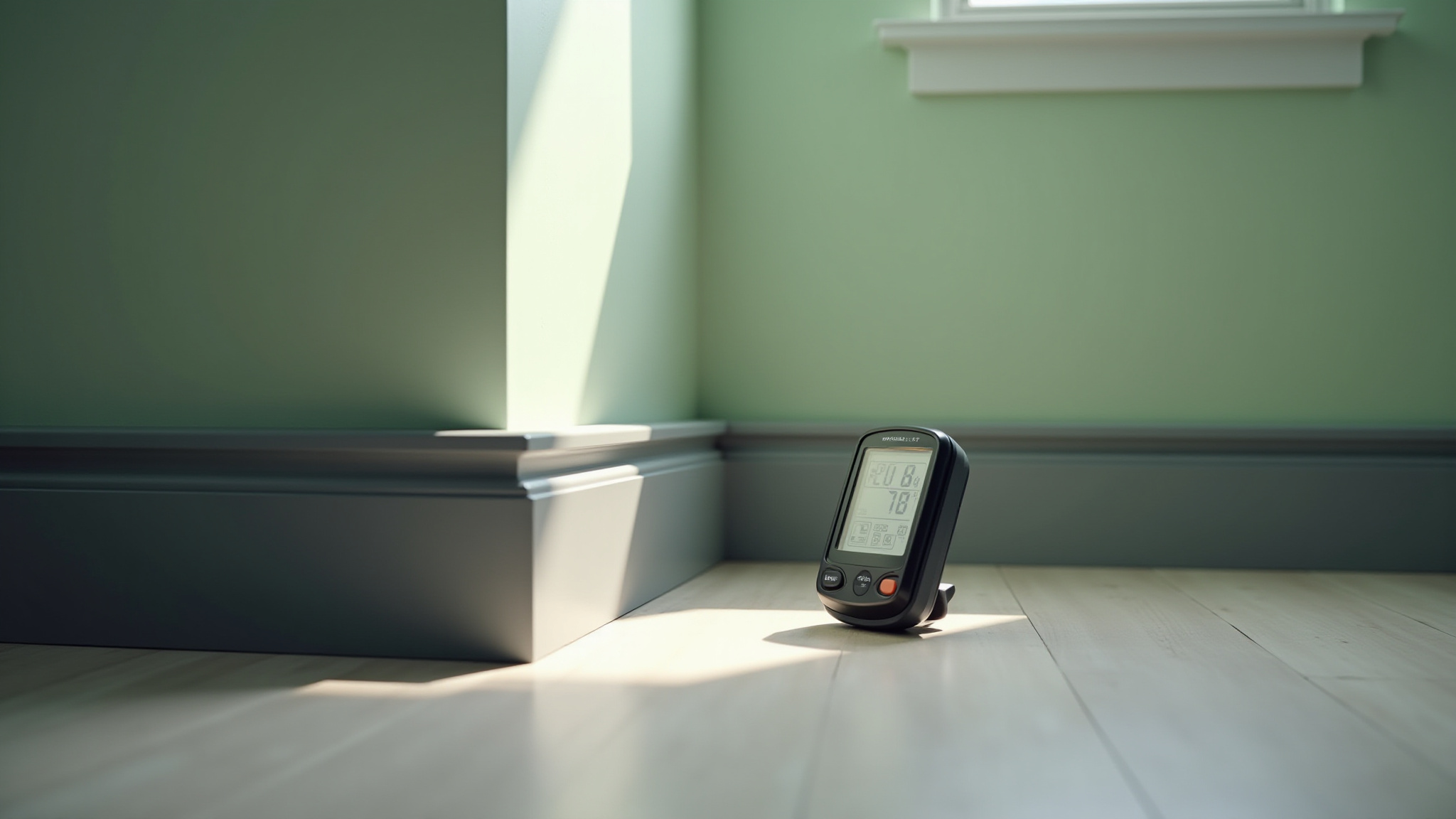Questions
Answered
Questions Answered: What does a mold inspection involve? A mold inspection typically begins with a thorough visual assessment of the property. An inspector will look for signs of mold growth, such as discoloration or water damage, and will also check areas prone to moisture, like basements and bathrooms. Next, air samples may be collected to analyze the presence of mold spores in the environment. The inspector might also take surface samples from suspected mold-infested areas for laboratory testing. Finally, findings are compiled into a detailed report, outlining any mold issues identified and recommended remediation steps.
Questions Answered: What does a home inspection involve? A home inspection is a comprehensive, non-invasive evaluation of a property's condition, typically performed before a sale. The inspector conducts a detailed visual assessment of the home’s major systems and components, including the roof, foundation, exterior, interior, plumbing, electrical, and HVAC systems. They look for signs of structural damage, safety hazards, or deferred maintenance, and will check that systems are functioning as intended. The inspection may also include testing outlets, operating windows and doors, assessing attic ventilation, and verifying that appliances and fixtures work properly. All findings are compiled into a clear, detailed report, outlining any observed deficiencies, safety concerns, and recommended repairs or further evaluations.
%20(2).jpg)
Professional
A1 Elite Inspections provides thorough and detailed home inspection services to ensure your peace of mind. We are dedicated to delivering accurate and reliable inspection reports.

Experience
With experience in the industry, A1 Elite Inspections has the knowledge and skills to identify potential issues in your home. Trust us for a comprehensive inspection.

Comprehensive Reports
At A1 Elite Inspections, I prioritize transparency and clarity in inspection reports. You can count on my company to provide detailed explanations and recommendations for any findings in your home.

Customer Satisfaction
Customer satisfaction is my top priority at A1 Elite Inspections. I strive to exceed your expectations by offering exceptional service and support throughout the inspection process.

Contact us today for reliable and professional mold inspection services.
Mold Inspections
Discover our thorough mold inspection services to ensure your property is free from harmful mold. Our expert team provides detailed assessments and recommendations for mold remediation.
Detailed Reports
Receive detailed reports outlining inspection findings and recommendations. Our reports are clear, concise, and delivered promptly to keep you informed every step of the way.
Expert Consultation
Consult with our experienced team for expert advice on maintaining a safe and healthy property. We offer guidance on mold prevention and solutions tailored to your specific needs.
Client Testimonials
Family owned with a strong sense on making sure that customer service goes a long way. On time service appointments. Each inspection happens in a timely fashion. Great communication skills and the willingness to work with you. They take there time to explain the process of a mold inspection and break down those results rather than go "Here you go read it for yourself." That is the difference between a solid company like A1 and the rest out there. So if you're indeed of a mold inspection reach out to get yours done today.
Nates's Testimonial
He was prompt and efficient. I would highly recommend him, as he was an effective communicator who shared my results as soon as they became available. Notably, when the mold test results from my home revealed unfavorable conditions, he promptly contacted me, taking into consideration that I had a five-month-old baby at the time.
Olivia's Review


Cullen was wonderful. Very professional. Would recommend his services to my closest friends. Need more professionalism in the business world like this. Fine example of looking out for my personal needs. 5 Stars.
Timothy's Feedback










